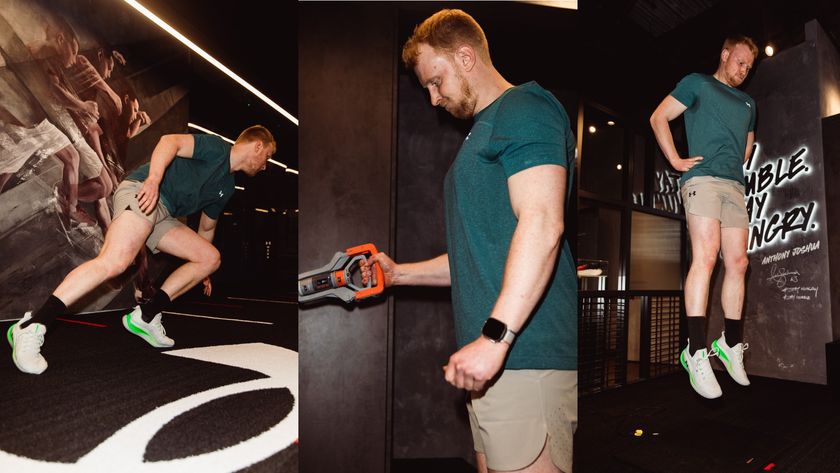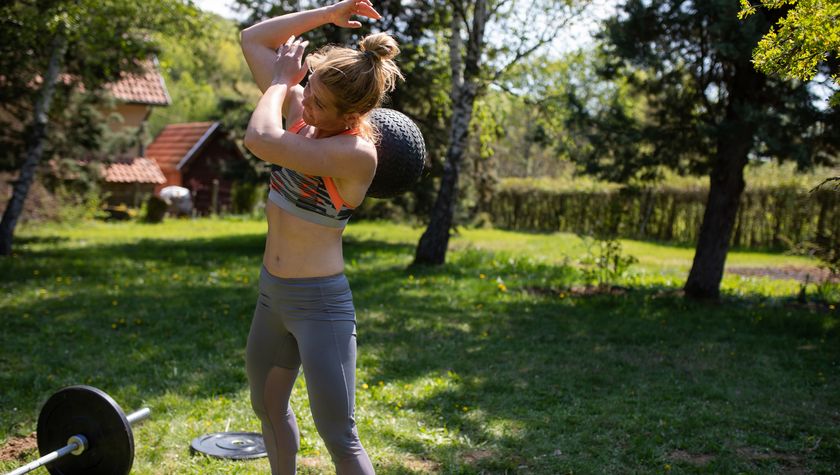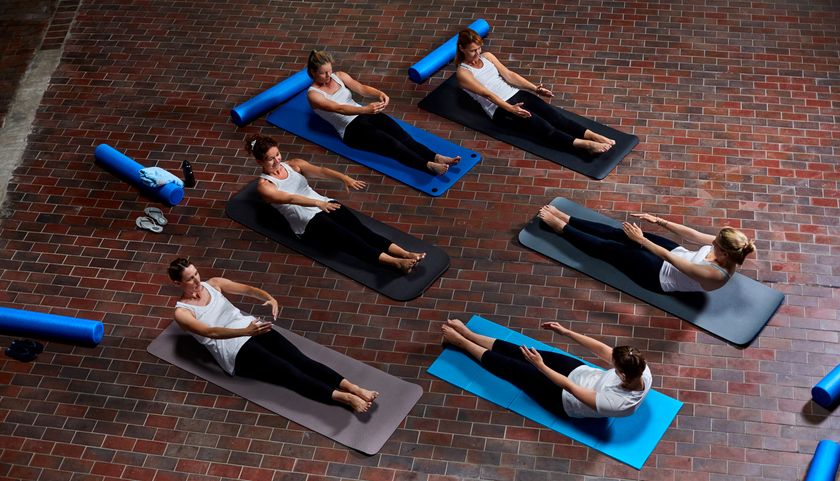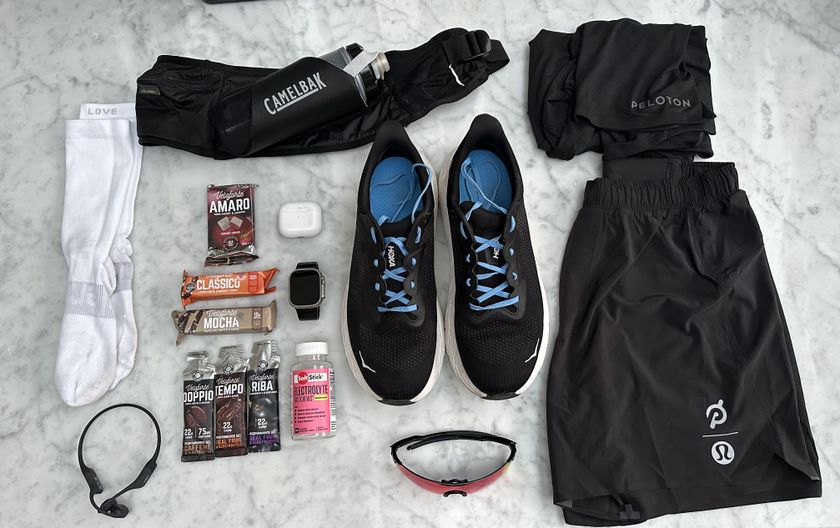Five Common Strength Training Mistakes
Avoid these errors to ensure your training delivers the results you want

No-one is perfect, so whether you’re a beginner or an experienced gym-goer it’s likely you’ll find yourself making one of these common strength training mistakes identified by personal trainer Peter Gaffney. The good news is that they’re all pretty easy and quick to fix.
1. Just Thinking About The Workouts
When you’re strength training, it’s important that you look at the bigger picture. It’s not just about putting in the hard hours, it’s about getting adequate rest, recovery and enough protein.
Unless you’re an Olympic weightlifter, one session for each major compound lift – such as back squats, deadlifts, pull-ups and rows – supported by the correct assistance work like lunges is probably enough.
Doing back squats three or more times a week at high intensity can lead to overtraining, which in turn can lead to demotivation or, worse, injury. Work hard, but rest well!
2. Not Putting The Effort In
Simply following a proven strength plan does not guarantee success. The sets, reps and rest time are of course all relevant, but equally relevant is your work ethic. If you’re supposed to be lifting 85% of your one-rep max for five reps, you shouldn’t just want a two- to three-minute rest period, you should need it! If you feel ready to go again after just 30 seconds, then slap more weight on the bar. Although if your goal is five sets of five reps at 85%, then make sure you account for the final two sets and the reserves you’ll need to counter fatigue.
3. Forgetting About Form
The most important thing to consider is not just smashing through the reps but concentrating on your form. Ensure you are taking into account your speed of movement and your technique, and make sure you are not cheating – be a form critic. Performing squats or heavy deadlifts with bad form is more likely to incur injury than promote strength.
Swallow your pride when it comes to speed and form. Remember it’s not a bad thing to lighten the load if necessary. You’re going to have a lower risk of injury and your joints will be happier.
Get the Coach Newsletter
Sign up for workout ideas, training advice, reviews of the latest gear and more.
4. Only Doing Heavy, Short Sets
It’s often said that doing short sets of three or five reps is the way to get strong. This is not the case. In order to build strength and endurance, powerlifters will often spend time in the hypertrophy rep range (eight to 12 reps). Working at maximum load all the time can fatigue you physically and mentally.
If you are spending months on sets in the eight-to-12 rep range and you are giving it everything you’ve got, I guarantee you will get stronger. And if you are a beginner, you should stay in the ten-plus rep range. Give your muscles time to increase in strength before you start experimenting with lower reps and bigger weights. Meanwhile, you can also experiment with other techniques such as using resistance bands or paused reps. Work your way up to the one-rep max.
See related
- Weight Training For Beginners: How To Get Started With Lifting Weights
- 7 Essential Barbell Exercises To Get Stronger
- How to Start Olympic Weightlifting Training
5. Keeping Things The Same
Mixing up your sessions is a great way to get stronger. That’s not to say you should be swapping out the back squat for the leg extension, just that you should be tweaking the main compound lift to stimulate the muscles in a different way.
For example, varying your squats by adding resistance bands allows you to increase the strength curve of the squat. Looping the band round the barbell and bottom of the squat rack, for example, makes the easier part of the squat – once you break the parallel on the way up – heavier and harder owing to the increased tension.
Peter Gaffney is the founder of PGPT, a mobile personal training service in London

Nick Harris-Fry is a journalist who has been covering health and fitness since 2015. Nick is an avid runner, covering 70-110km a week, which gives him ample opportunity to test a wide range of running shoes and running gear. He is also the chief tester for fitness trackers and running watches, treadmills and exercise bikes, and workout headphones.










